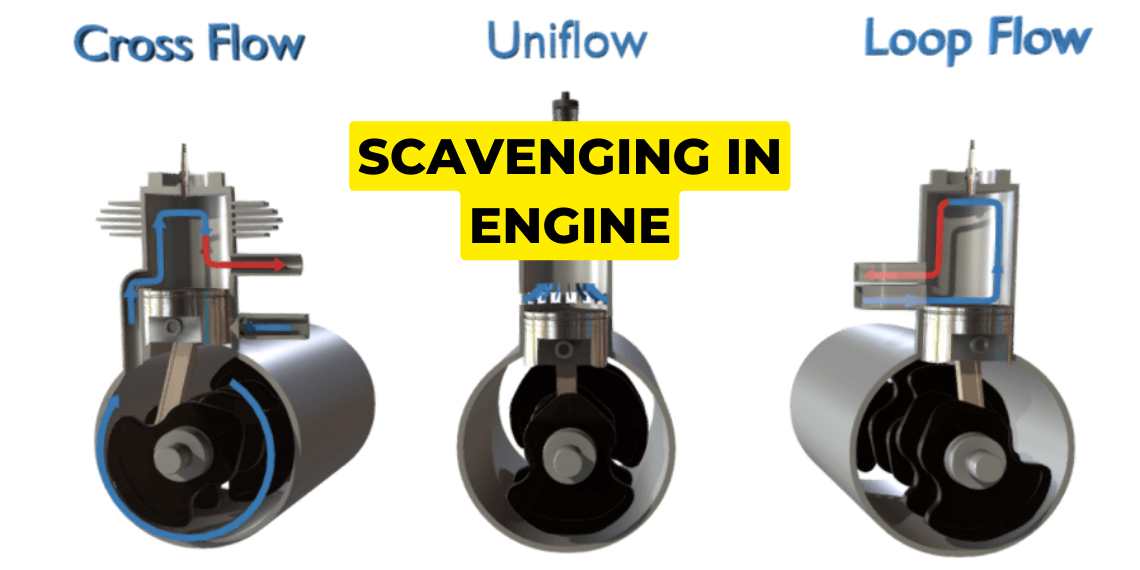Scavenging in engine
Scavenging is the process of removal of exhaust gases from the cylinder with adding fresh air in it.
Types of scavenging:

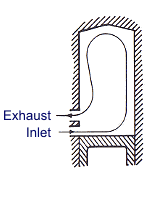

1. Uniflow scavenging:
Uniflow scavenging is a type of scavenging process in which the fresh air flows into the cylinder in the same direction as the exhaust gases are expelled. This creates a unidirectional flow of air and gas which helps to reduce residual gases and increases engine efficiency.
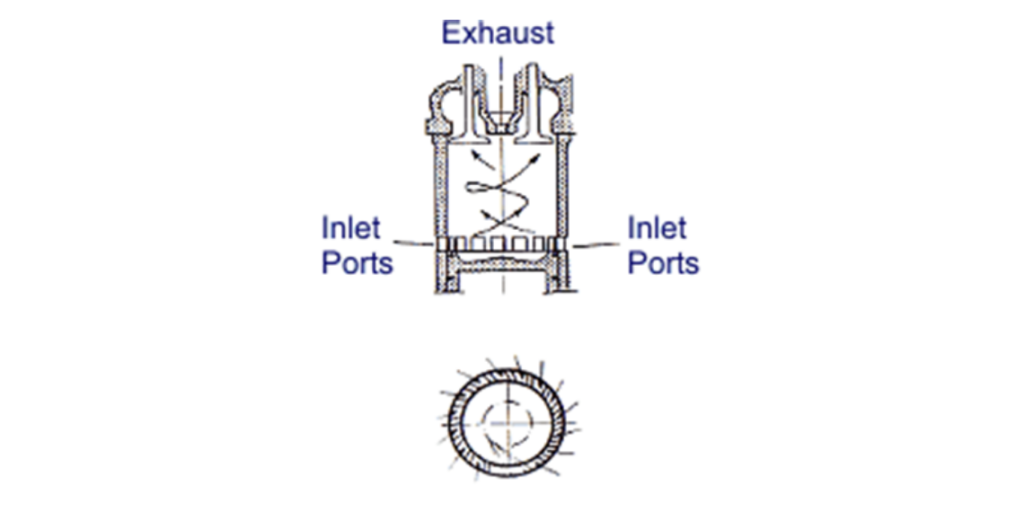
2. Loop scavenging:
Loop scavenging is a type of scavenging process in which the fresh air and exhaust gases form a loop shaped path before flowing out of the cylinder.
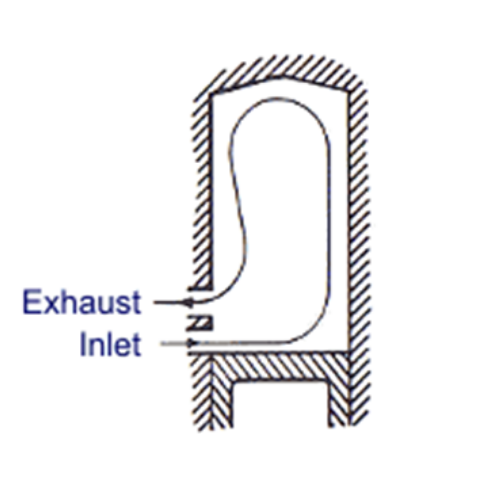
3. Cross flow scavenging:
Cross flow scavenging is the type of scavenging process in which the fresh air and exhaust gases flow from the opposite direction because the inlet and exhaust ports are on opposite sides.
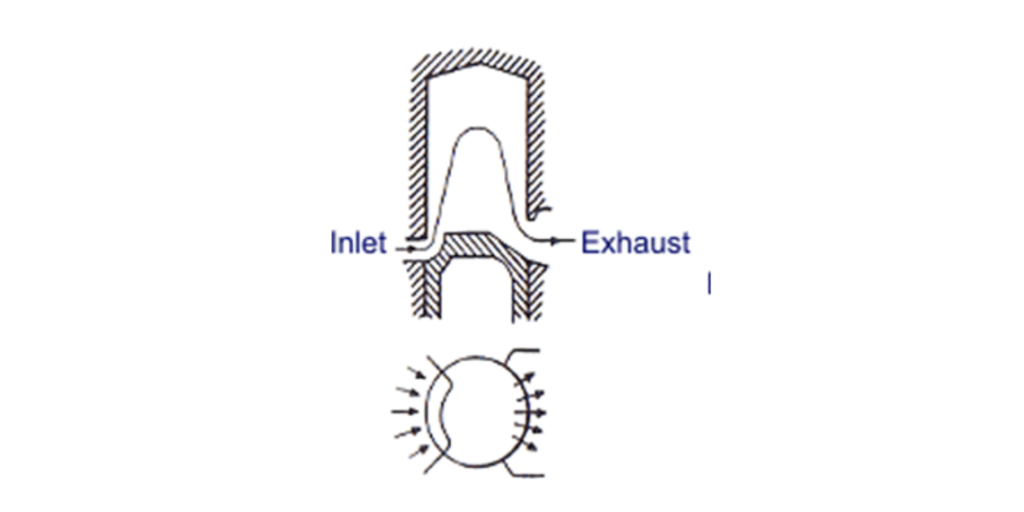
Steps in Uniflow scavenging (used in two stroke main engine):
Refer to the valve timing diagram of two stroke engine
Step 1: Blowing out of exhaust gases (exhaust valve opens 75 degrees before BDC).
Step 2: Scavenging (Exhaust valve remains open and scavenging ports open 42 degrees before BDC).
Step 3: Post scavenging (Scavenging ports close at 42 degrees after BDC but exhaust valve remains open till 60 degrees after BDC).

Why is Scavenging required in the engine?
Scavenging is required in an engine to remove the residual gases from the combustion chamber. During the combustion process, not all of the fuel-air mixture is burned, and some of it is left over as exhaust gases. If these gases are not removed from the engine, they can cause a number of problems, including reduced engine efficiency, increased emissions, and even engine damage.
In a two-stroke engine, scavenging is particularly more important, as the engine does not have separate intake and exhaust cycles, and the fresh air-fuel mixture must be able to enter the combustion chamber and push out the exhaust gases.
Overall, scavenging is an important part of the engine’s operation, as it helps to maintain the engine’s efficiency and reduce emissions.
Which type of scavenging is better?
Uniflow scavenging is better because uniflow scavenging provides better scavenging efficiency and allows for higher power output and speed, which are important for these applications. Fresh air comes in from below and directly pushes the exhaust gases out of the cylinder.
Note:
If you want to learn more about this topic, we suggest checking out our Combo package with the given link https://www.merchantnavydecoded.com/courses/c/ . It’s a great way to dive deeper into the subject through video explanations. This package covers all the important details and presents them in an easy-to-understand format. Watching the videos will help you grasp the topic better and make learning more enjoyable. So, we highly recommend giving our Combo package a try to enhance your knowledge on the subject.
Disclaimer :- The opinions expressed in this article belong solely to the author and may not necessarily reflect those of Merchant Navy Decoded. We cannot guarantee the accuracy of the information provided and disclaim any responsibility for it. Data and visuals used are sourced from publicly available information and may not be authenticated by any regulatory body. Reviews and comments appearing on our blogs represent the opinions of individuals and do not necessarily reflect the views of Merchant Navy Decoded. We are not responsible for any loss or damage resulting from reliance on these reviews or comments.
Reproduction, copying, sharing, or use of the article or images in any form is strictly prohibited without prior permission from both the author and Merchant Navy Decoded.


